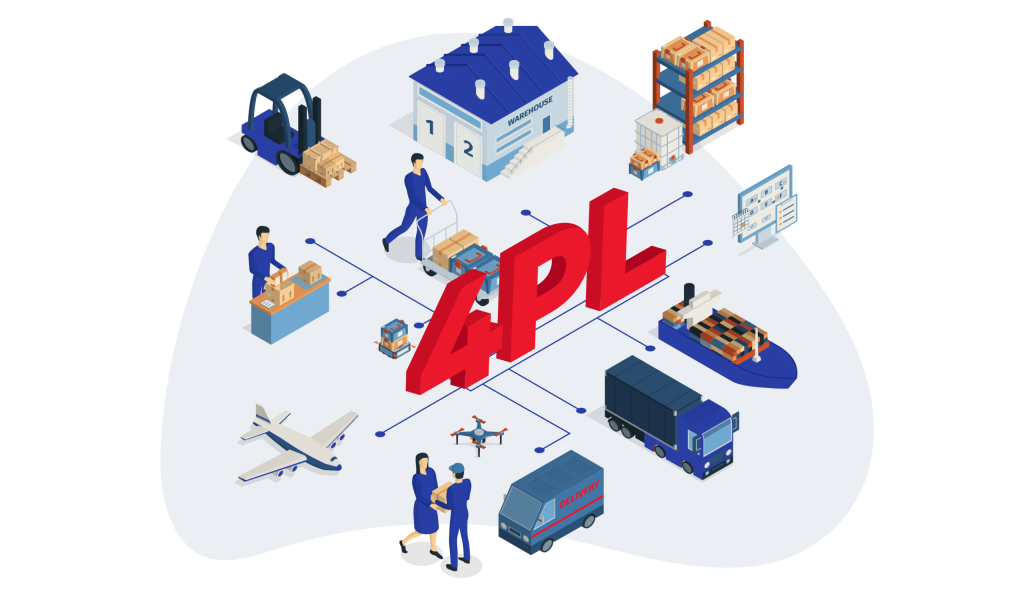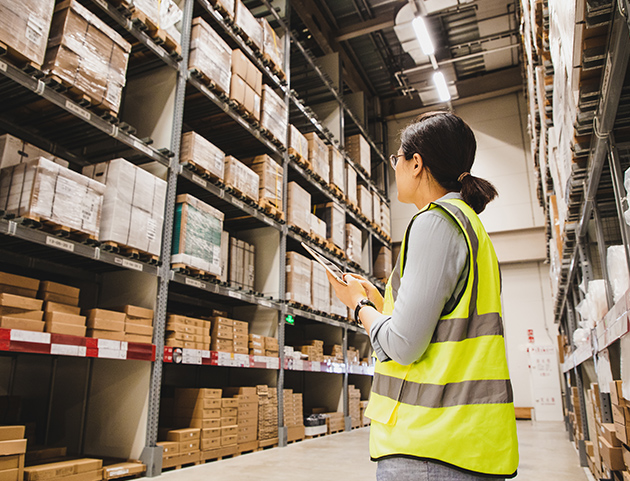Cut Fulfillment Costs for Global Ecommerce Success
In today’s competitive global market, international ecommerce businesses face increasing pressure to deliver products faster and cheaper. However, high fulfillment costs—including warehousing, packaging, shipping, and returns—can eat into your margins and hinder growth. Fortunately, there are strategic ways to reduce fulfillment costs without compromising customer satisfaction. In this article, we explore practical steps international ecommerce sellers can take to optimize their fulfillment operations and boost profitability.
1. Use a 4PL Fulfillment Partner
Traditional 3PL providers offer warehousing and shipping services, but a 4PL (Fourth-Party Logistics) partner provides a more comprehensive solution by managing your entire supply chain. A 4PL acts as a logistics coordinator, integrating multiple 3PLs, carriers, and technology platforms into one seamless service.

Benefits of a 4PL for international ecommerce include:
- Optimized routing and carrier selection
- Consolidated warehousing across countries
- End-to-end tracking and reporting
- Reduced human error through automation
By delegating fulfillment to a 4PL with global capabilities, you can minimize operational overhead and benefit from economies of scale.
2. Store Inventory Closer to Target Markets

Shipping products from your home country to international buyers can be expensive and slow. A cost-effective alternative is to strategically place inventory in overseas warehouses or fulfillment centers closer to your customers.
For example, using bonded warehouses in the EU, US, or Southeast Asia allows faster local delivery and lower last-mile shipping fees. Some key platforms, like PostalParcel, offer multi-country storage solutions combined with intelligent stock balancing, helping to reduce customs delays and optimize inventory availability.
3. Optimize Packaging to Reduce Dimensional Weight
International shipping costs often depend on dimensional weight (DIM weight), not just the actual weight. Bulky packaging increases shipping fees and wastes valuable space.
Tips to optimize packaging:
- Use right-sized packaging tailored to product dimensions
- Switch to lightweight, durable materials
- Reduce excessive inner packaging or filler
- Collaborate with packaging engineers or 4PL partners
Smaller, lighter packages not only reduce cost but also improve shipping efficiency and sustainability.
4. Automate Order Routing and Label Generation
Manual processes like label printing, shipping selection, or customs documentation can cause delays and increase labor costs. By automating order routing based on region, stock level, and delivery preference, you can streamline operations and lower fulfillment expenses.
Integrate your ecommerce store with logistics APIs or software platforms that allow:
- Real-time carrier rate comparison
- Auto-label generation
- Customs documentation automation
- Smart order routing to the nearest warehouse
Automation saves time, reduces human error, and improves fulfillment speed.
5. Leverage Zone-Based Shipping Strategies

Shipping rates vary dramatically across delivery zones. Instead of offering a flat international rate, use zone-based pricing to adjust charges by destination region.
For example:
- Offer free or discounted shipping in key regions where you have warehousing
- Charge higher fees for remote or high-cost areas
- Offer economy vs. express delivery tiers
Zone-based fulfillment strategies help you align costs with pricing, making it easier to stay competitive while protecting your margins.
6. Reduce Return Costs with Smart Policies

International returns are notoriously expensive, especially when customers expect prepaid return labels or full refunds.
Here’s how to reduce return-related fulfillment costs:
- Offer local return hubs or partners to consolidate shipments
- Implement virtual returns or photo-based approval for damaged items
- Use returnless refunds for low-cost or bulky products
- Provide detailed product descriptions and size guides to minimize returns
Reducing the frequency and cost of returns is a key driver of fulfillment profitability.
7. Monitor Key Fulfillment Metrics

You can’t optimize what you don’t measure. Use KPIs (Key Performance Indicators) to identify inefficiencies in your fulfillment process. Some important metrics include:
- Order fulfillment time
- Average cost per order
- Shipping error rate
- Return rate and handling cost
- Inventory turnover ratio
Data-driven insights help you identify bottlenecks, negotiate better rates, and implement targeted improvements.
Conclusion
International ecommerce fulfillment is complex—but that complexity can be managed and optimized. By partnering with a reliable 4PL, using distributed warehousing, streamlining packaging, automating operations, and leveraging data, businesses can significantly reduce their global fulfillment costs.
The key is to view fulfillment not just as an operational cost but as a strategic lever for growth and customer satisfaction.
Industry Insights
news via inbox
Nulla turp dis cursus. Integer liberos euismod pretium faucibua








